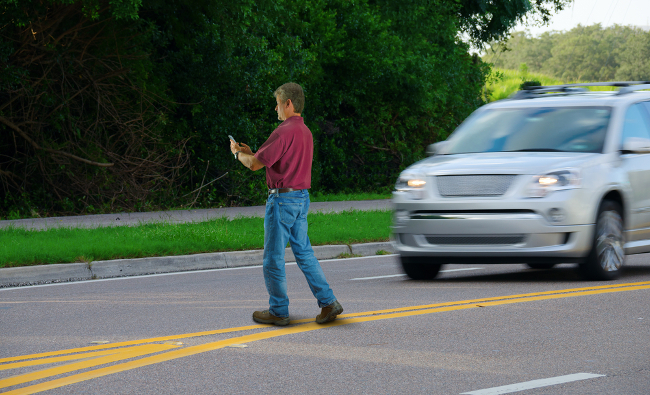
We’ve talked before about the ethical dilemma that self-driving cars will have to deal with — better known as the “Trolley Problem.” Essentially, if you’re in a speeding car, and a pedestrian darts in front of it, does the car’s operating system risk the driver’s life, or the pedestrian’s? Mercedes’ answer, according to one of its executives, is that the theoretical pedestrian had better be nimble, because their cars are saving the driver.
That sounds a little harsh, but there’s good reasoning behind it. Mercedes’ Christoph Von Hugo, who’s entire job is overseeing the construction of self-driving cars and their safety systems, points out to Car and Driver that while the company’s cars can’t perfectly know what’s outside the vehicle, they definitely know who’s in it:
If you know you can save at least one person, at least save that one. Save the one in the car. If all you know for sure is that one death can be prevented, then that’s your first priority.
While that may sound a bit cold, it’s also a fair point. Anybody who has been on the road, on foot or behind the wheel, knows that it’s filled with endless variables. No car manufacturer can plan for all the eventualities. Computers can do many things, but they can’t compensate for the depths of human irrationality.
The good news is that any self-driving car, Mercedes or not, is going to be involved on a constant safety-push — these conversations will evolve as tech improves. And as vehicle systems and public roadway information systems progress, the “Trolley Problem” will become less and less likely. Still, don’t be surprised if Mercedes’ attitude spreads to other car manufacturers, especially since Ford wants cars without controls on the road by 2021.
(via Jalopnik)
